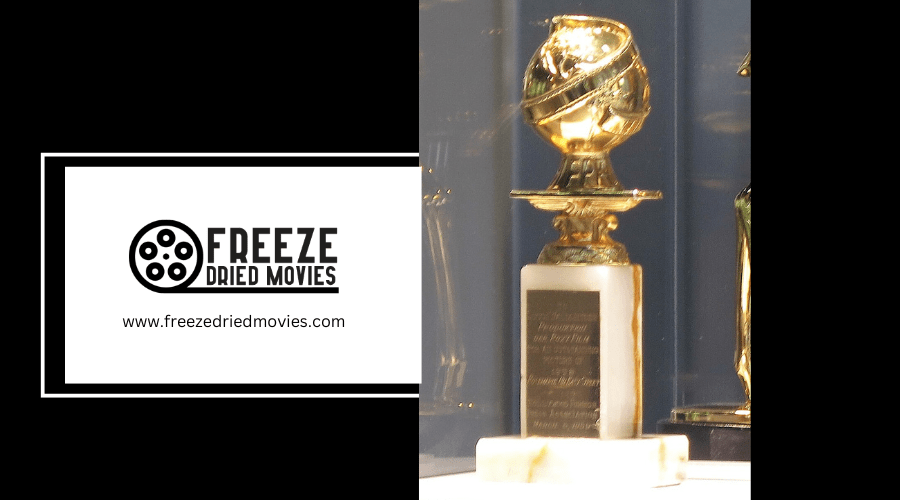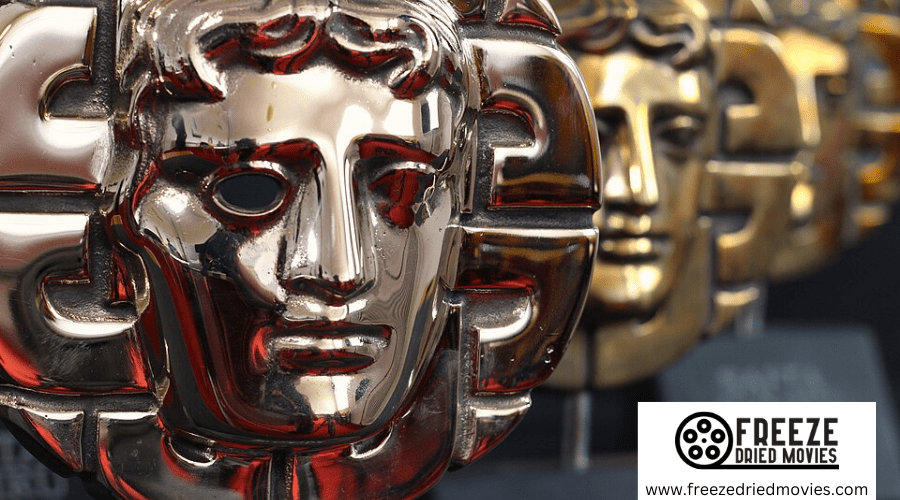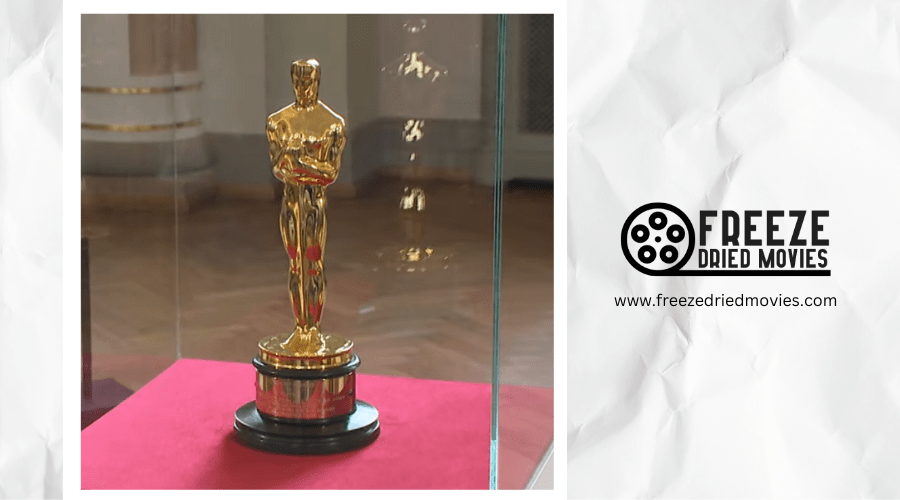What Defines a Film Noir?

Film noir is defined by its dark visual style using chiaroscuro lighting and distorted angles, morally ambiguous characters like the anti-hero and femme fatale, and cynical narratives often told through flashbacks or voiceovers. You'll recognize its themes of existentialism, urban alienation, and unavoidable fate. Emerging from post-war disillusionment, noir reflects society's anxieties and moral uncertainty. The shadowy world of noir continues to influence filmmaking long after its 1940s-50s golden age.
Key Takeaways
- Film noir features dark, shadowy visuals with dramatic chiaroscuro lighting and distorted camera angles to create unease.
- Characters typically include morally ambiguous anti-heroes, manipulative femme fatales, and corrupt authority figures.
- Narratives often employ nonlinear storytelling with flashbacks, first-person voiceovers, and ambiguous endings.
- Thematic elements emphasize moral ambiguity, existential despair, fatalism, and urban alienation.
- Emerged from post-WWII disillusionment, reflecting societal anxieties and influenced by German Expressionism.
What Defines a Film Noir?
How can you identify a film noir when you see one? Look for distinctive visual style: low-key lighting creating stark shadows and contrasts, often in black and white. This cinematography serves the genre's themes of moral ambiguity and psychological tension.
The term "film noir" (French for "black film") emerged after World War II to describe Hollywood crime dramas with cynical worldviews. You'll recognize recurring character types: the jaded detective, the deceptive femme fatale, and compromised antiheroes traversing complex narratives.
Beyond style, film noir explores existential themes through stories of deception and crime. Characters face an indifferent universe where traditional morality breaks down. While classic noir flourished in post-war America, its influence extends across decades and genres.
Films like Sunset Boulevard and Touch of Evil exemplify how German Expressionism influenced noir's dramatic visual techniques for portraying moral decay in urban settings.
The Dark Visual Aesthetics: Chiaroscuro Lighting and Composition
While plot and character archetypes help define film noir, it's the distinctive visual language that instantly signals you're watching this cinematic tradition. The signature chiaroscuro lighting creates dramatic shadows and highlights, establishing the genre's moody, atmospheric quality.
Film noir speaks through shadows as much as dialogue, its visual grammar telling stories of darkness beyond what's merely seen.
This high-contrast style, developed by émigré directors influenced by German Expressionist cinema, became noir's visual hallmark during the 1940s and 1950s.
Cinematography in film noir often employs:
- Asymmetrical framing and low camera angles to generate unease and instability
- Distorted perspectives and the strategic use of reflections to create dreamlike qualities
- Close-ups that heighten emotional intensity and emphasize character isolation
These techniques combine with deep focus to create a visual style where shadows become as important as what's illuminated—a perfect canvas for tales of moral ambiguity and psychological turmoil. Similar to the development of film noir, the evolution of cinematic visual techniques in the 1930s was pivotal, with innovations like matte paintings enabling filmmakers to create expansive, otherworldly environments that would later influence noir aesthetics.

Narrative Structure: Voiceovers, Flashbacks, and Non-Linear Storytelling
Beyond the shadowy visuals that define noir's aesthetic, the genre's narrative structure operates as a psychological maze for viewers to navigate.
You'll often encounter first-person voiceovers delivering a cynical, subjective perspective that pulls you into the troubled mind of the protagonist.
Flashbacks serve as pivotal devices, revealing the antecedents of the hero's current predicament while disrupting chronology. This nonlinear narrative creates intentional disorientation, mirroring the confusion felt by characters trapped in labyrinthine plots.
As you follow these complex, fragmented storylines, you're challenged to piece together information just as the protagonist does. The journey typically concludes with ambiguous endings that refuse neat resolution—leaving you to determine the significance of what you've witnessed and extending noir's psychological grip beyond the final frame.
Films like Double Indemnity (1944) masterfully employ flashbacks to uncover characters' dark histories, offering profound insights into their criminal motivations and psychological states.
Archetypal Characters: The Anti-Hero, Femme Fatale, and Corrupt Officials
Film noir draws its psychological power from a distinct trinity of character archetypes that form the genre's dramatic foundation. When you watch these shadowy tales, you'll encounter the morally ambiguous anti-hero—a protagonist driven by self-interest rather than nobility, haunted by his past and destined for an uncertain fate.
The seductive femme fatale weaponizes her sexuality, manipulating the anti-hero toward his inevitable downfall. Corrupt officials lurk in the shadows, abusing their authority for personal gain. The disillusionment permeating these characters reflects the genre's cynical worldview.
This interplay creates the dramatic tension that defines noir. As these archetypes clash, they expose a world of moral uncertainty where traditional heroes don't exist—only flawed individuals traversing a corrupt system with questionable motives and compromised ethics.
The genre's characters frequently face an unavoidable fate, reinforcing film noir's characteristically bleak and fatalistic outlook on life and society.
Thematic Elements: Moral Ambiguity, Existentialism, and Urban Alienation
Beneath the stylistic elements and iconic character archetypes, noir's thematic core reveals a distinctly pessimistic worldview that resonated with post-war American audiences. You'll find moral ambiguity permeating these films, with protagonists driven by greed or revenge rather than heroism.
This existentialist perspective emerged from post-war disillusionment, portraying characters struggling in an indifferent universe stripped of meaning. The urban settings—dark, shadowy cityscapes—aren't merely backdrops but powerful symbols of isolation and alienation experienced by noir protagonists.
Fatalism runs through these narratives, with characters seemingly powerless against their tragic destinies. The moral uncertainty and bleak outlook of noir films offered audiences a stark alternative to Hollywood's typical optimism, reflecting a society grappling with its own disenchantment and urban alienation.
Historical Context: Post-War Disillusionment and Social Commentary
The emergence of film noir coincided with four critical historical events that shaped American consciousness: two world wars, the Great Depression, and the dawn of the Cold War. These catastrophic events fostered widespread cynicism that film noir captured brilliantly through its social commentary.
The Great Depression's lingering economic anxiety influenced noir films' themes of corruption and moral compromise. German Expressionism contributed greatly to the film noir style, as émigré directors fleeing Europe brought their artistic movement to Hollywood. Crime films of this era reflected society's disillusionment with institutions and authority figures.
You'll notice noir films weren't merely entertainment but profound reflections of postwar America's collective psyche—visualizing fears about nuclear annihilation and societal breakdown through shadowplay and morally complex characters struggling against forces beyond their control.




